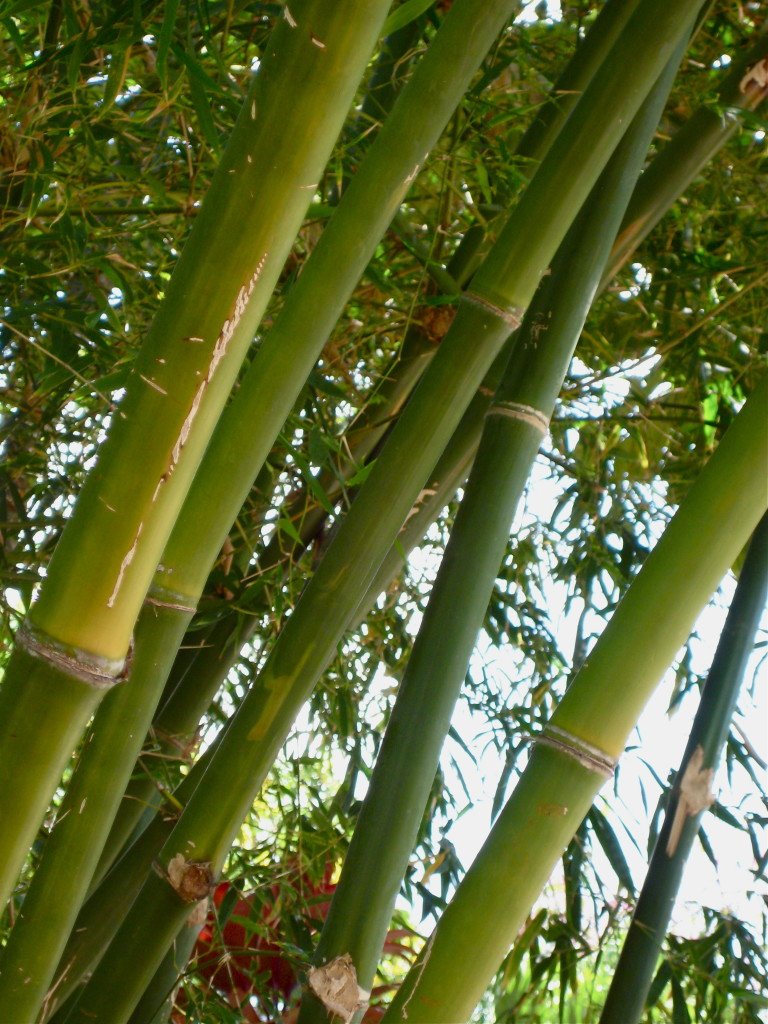If you’re thinking about adding a bamboo or other greenery to your landscape, you may be wondering about the pros and cons of bamboo landscaping. There’s a lot to consider, including the impact on the soil microflora and microbes. You also need to take into account the environmental stresses that the plants face, and the need to re-pot or divide them if they start to suffer from this stress.

Cast stone planters
Bamboo landscaping is a great way to add a splash of color and texture to your property. While bamboo may not be as drought-resistant as in-ground grown plants, there are many ways to keep it looking good. One of the best is using a bamboo planter.
The first step is to choose the right bamboo species. There are hundreds of types, so make sure to choose one that will thrive in your particular area.
You will need a large pot or planter to grow bamboo. In addition, you need to ensure that the soil can drain at the roots. It is also a good idea to line the planter with heavy rocks.
Wooden planter box
Adding a bamboo planter box to your landscaping is a great way to add some color and a touch of style to your property. It’s also an excellent option for insulation. Unlike metal planter boxes, a wooden planter won’t be affected by heat and frost.
Bamboo planters can be made in any shape and size. They’re easy to build and can be used to grow anything from wisteria to clematis. You can use scrap wood, salvaged wood, or old wood pallets. The key to a good planter is making sure the base is cut to a consistent shape.
When choosing a planter, choose a bamboo container that is tall enough for your plants. A container should be at least 20 inches by 20 inches. Planters with a height of 30 inches are ideal.
Re-potting or dividing bamboo
Bamboo plants can be difficult to re-pot. They take up a lot of space in their container and require regular care. Taking out the old roots and adding fresh compost can make bamboo look like a new plant. If you’re looking for a more hands-off method, you can simply divide your bamboo.
Bamboo is one of the fastest growing plants on earth. It will start to fill out its pot within a year. However, it will only reach its full height in about five years. In order to keep the roots healthy, you’ll need to re-pot at least every couple of years.
Impact on soil microflora and microbes
Whether bamboo landscaping affects soil microflora and microbes depends on several factors. In this study, we investigated the effects of bamboo landscaping on the microbiota of three badland sites in southwestern Taiwan. We also measured the content of phospholipid fatty acids (PLFAs) and enzyme activities in soil. These PLFA and enzyme measurements showed that PLFA peak abundance and enzyme activity were positively correlated with the content of total C and soil Corg. But enzyme activities and PLFA content were negatively correlated with the concentration of soil Ntot and Min-N.
Bamboo plantation increased the soil microbial biomass and labile C pool. However, we did not find a significant increase in the abundance of pathogens.
Environmental stress affects potted bamboo more than in-ground plants
If you’re thinking about growing bamboo, keep in mind that bamboo can be finicky. You have to be careful to avoid overwatering your bamboo or sitting it in wet soil. Besides, some varieties are quite invasive.
The best time to plant your bamboo is in the fall. Bamboo can survive droughts if you provide it with ample water and fertilizer. Also, you can use a good mulch to help prevent moisture loss. Several inches of mulch will keep the soil over the roots.
Another thing to remember when planting is that your plant will be small the first year. As a result, it will need frequent watering. It’s also important to get your bamboo into a well-drained area.
Bamboo fences over wooden fences
Bamboo fences are a great alternative to traditional wooden fences. They are less expensive, easy to install and are environmentally friendly. You can even customize your bamboo fencing to match your landscape design.
Unlike wood, bamboo canes are not susceptible to rot and they can withstand the worst of the weather. However, it is important to keep bamboo from coming into contact with the ground.
If you are considering a bamboo fence for your home, the most important thing to do is find the right type of bamboo. It should be harvested and treated annually in order to ensure its longevity.
